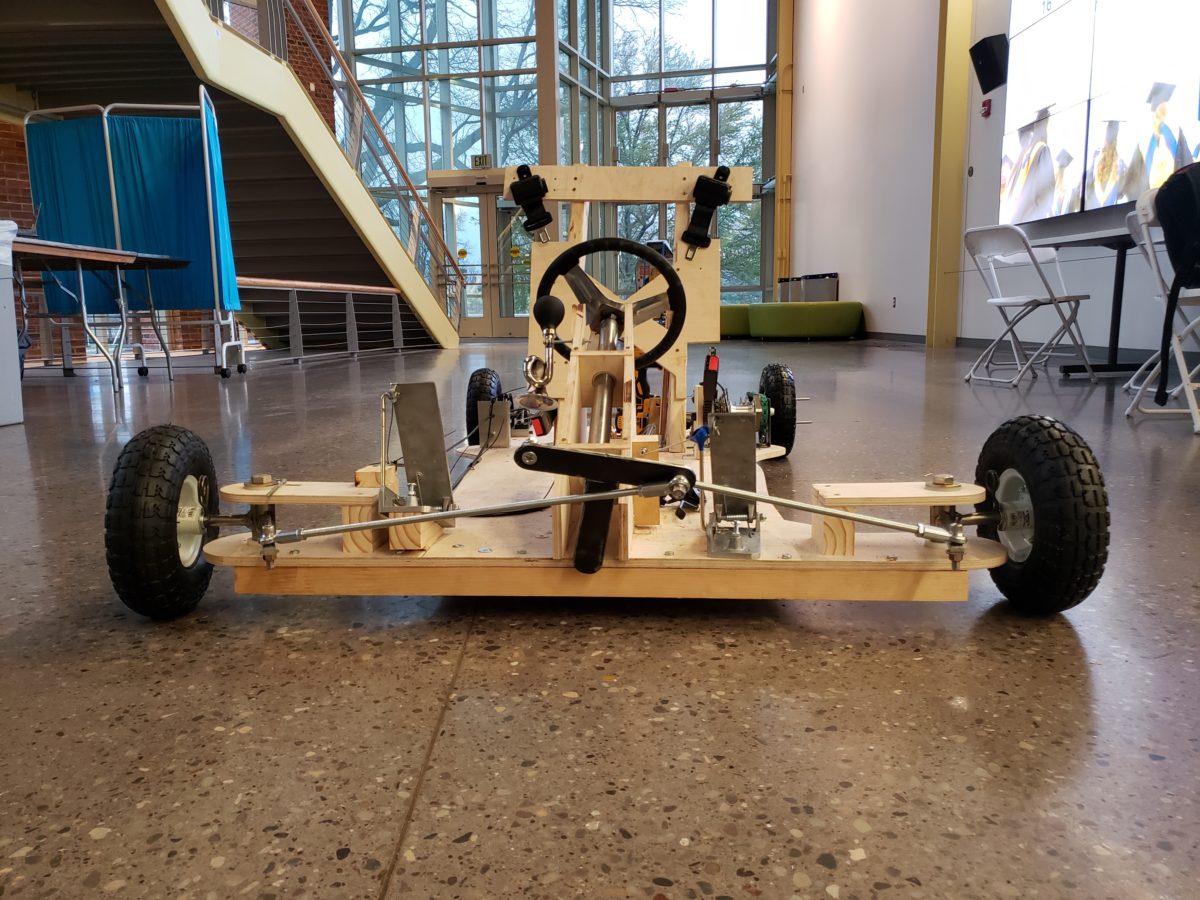
Cart A
Design and fabricate a wooden cart powered solely by a hand drill

Vnomics 1
Successfully built autoencoder models with ML Flow and Keras to predict truck failures given sensor data for a fuel optimization startup called Vnomics. The model is optimized by comprehensive time series feature engineering with TS Fresh to achieve a high recall score of 56% on unseen data.
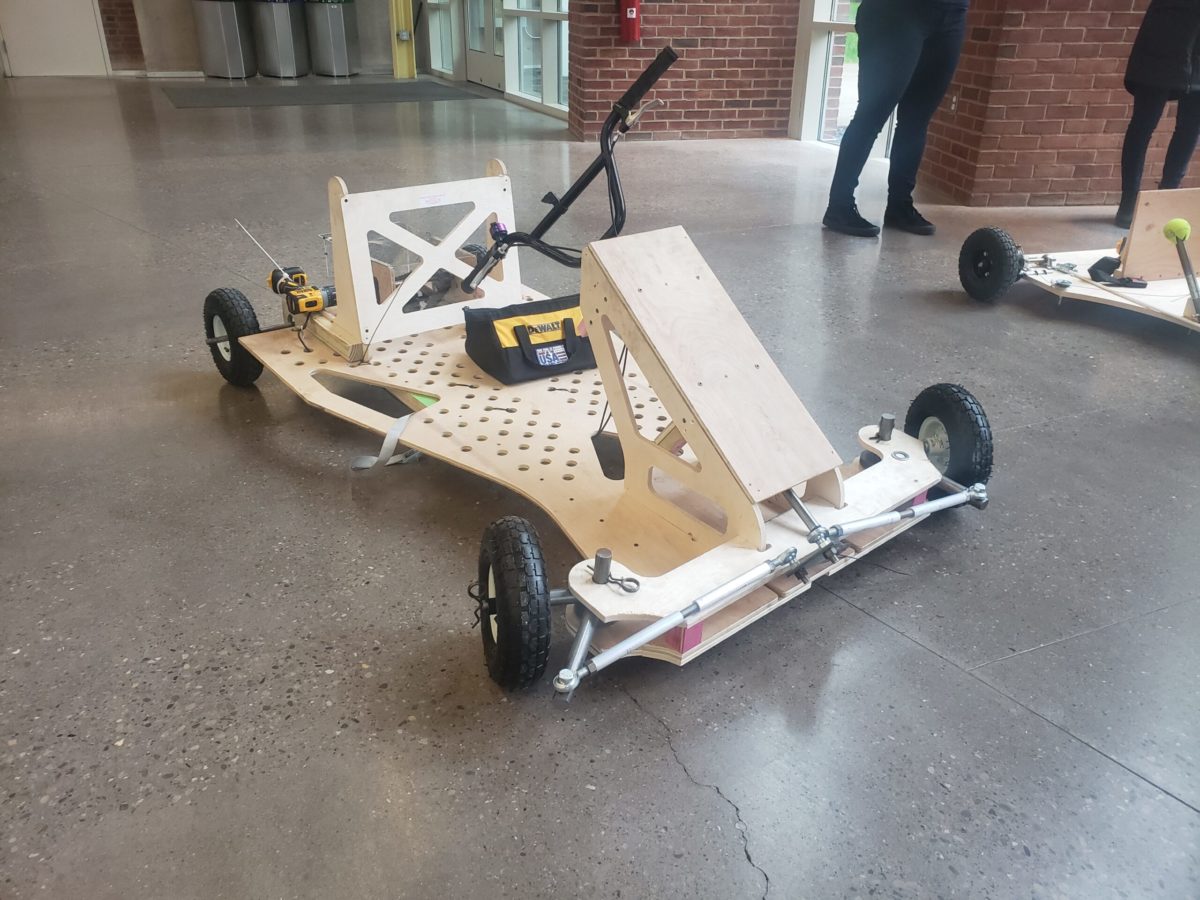
Drill Powered Carts A
Several problems are being addressed with the project at hand. The main one, however, is a heavily discussed and often times argued about problem: global warming. As of 2019, there are over 276 million vehicles registered in the United States alone. Those carbon emissions add up quickly. If people want to increase the longevity of the earth and allow it to continue long enough to support their kids and grandkids, then it might be time to make a change. This change comes in the form of renewable resources and renewable energy, and that is exactly what the drill powered cart team plans to show throughout the project.
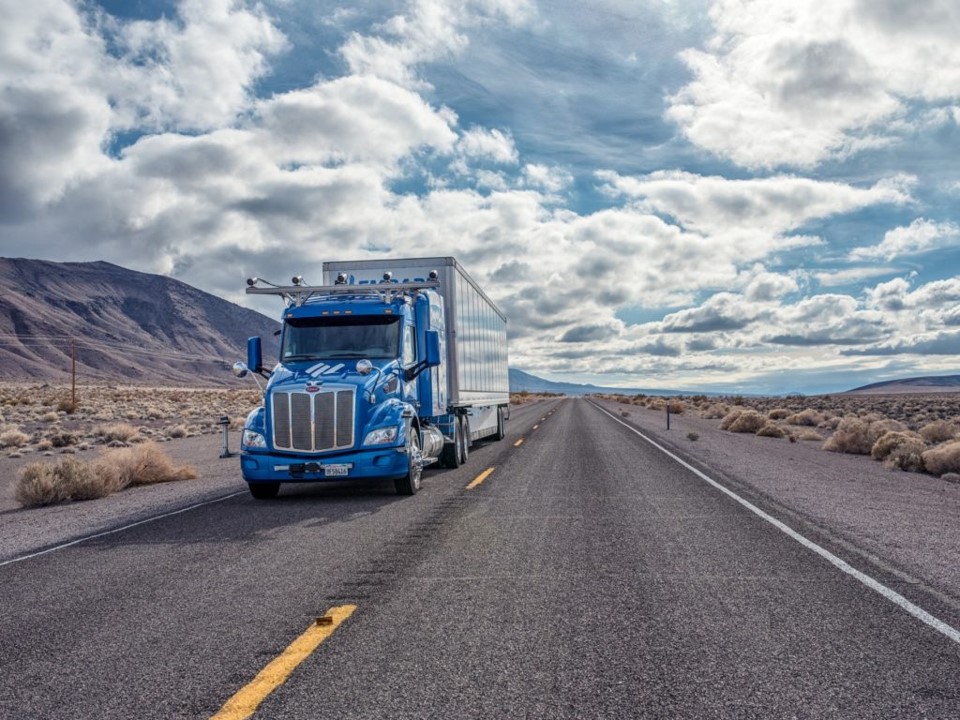
Predictive Maintainence for Trucks
Identify scenarios where DPF (Diesel Particulate Filter) failure is likely to happen so that the trucking customer can be alerted in advance to avoid costly roadside breakdowns.
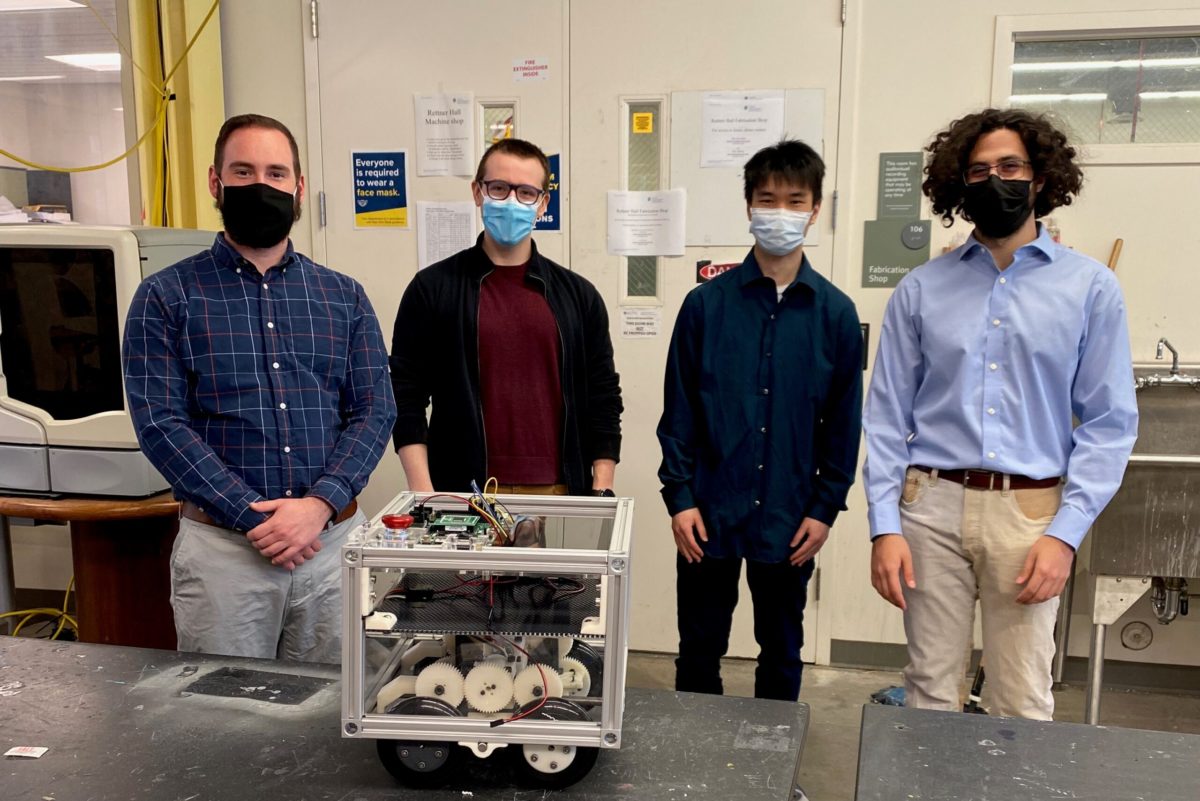
Robotic Steering System
Robotic control is becoming increasingly integral across many disciplines and industries. Understanding the fundamentals of robotic control evolves people’s way of life into a more convenient and efficient epoch. Here in University of Rochester, robotics courses enable students to have basic hand-on learning experience over robotic control systems. This robotic steering system team is aiming at designing an inexpensive but reliable, and easy to replicate solution which fits the needs to teach the robotics courses at University of Rochester.
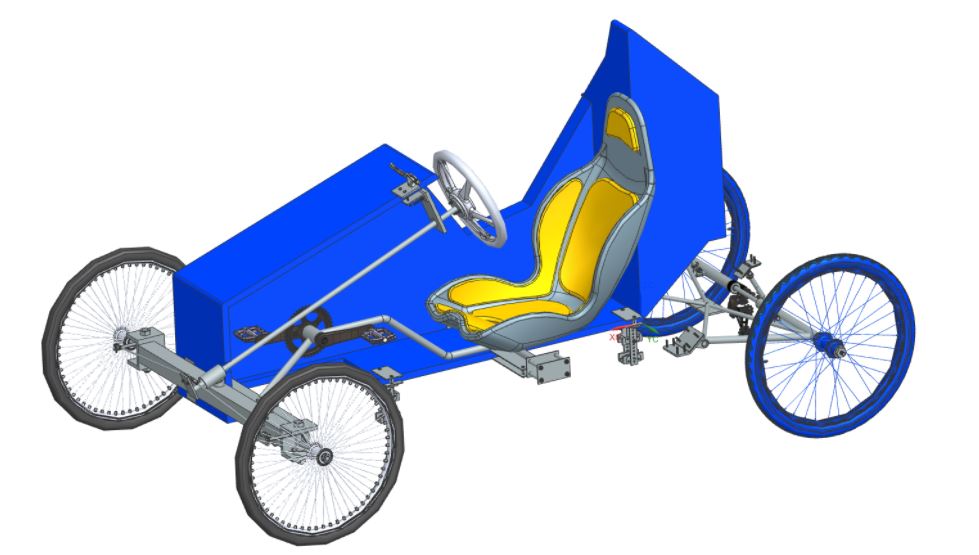
Human Powered Vehicle
With increasing concerns about the environmental impact of ground transportation, the industry needs alternative solutions that are safe, efficient, and environmentally friendly. One solution to the pollution problem is human-powered vehicles which emit zero greenhouse gas on the road. This project aims to implement a new material technology (fiberglass) into the design of a human-powered vehicle to make it more lightweight, functional, and safe. The test results concluded that fiberglass can indeed be used to manufacture the monocoque of a human-powered vehicle without compromises. The findings of this project will advance the engineering knowledge of fiberglass in this field and enable other engineering teams to use this technology in future designs.
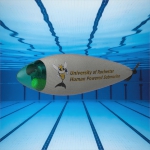
Human Powered Submarine
Human-powered submarines are underwater vessels that are driven solely by the power of a human pilot. The Foundation for Underwater Research and Education (FURE) has put on the International Submarine Races (ISR) for several years. In the past, teams from around the world have traveled to the Naval Surface Warfare Center, Carderock Division to compete and race with their human-powered submarine designs. With an in-person event not possible this year, a virtual event (vISR) will be taking place instead. The Human Powered Submarine team set out to tackle specific design problems related to the hull, drivetrain, and propulsion system of a human-powered submarine in the spirit of the virtual event guidelines.

Drill Powered Carts 1
Our team, along with Drill Powered Carts A have built a fully functioning, energy-efficient, and sustainable vehicle, which will be powered by a single electric power drill. By doing this, each team hopes to not only show people that electric-powered transportation is possible, reliable, and easy but, whose cart is the best. The two teams will face off in an endurance race to see which cart can make the most laps around a race track at the University of Rochester River Campus. This will show which team has the most optimized mechanical design.
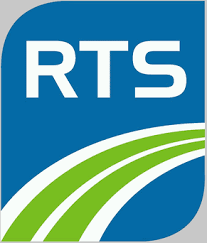
Exploring Reasons Behind the Preventable Accidents of RTS Drivers
RTS is a regional transportation authority established by New York State and the goal of the project is to find the potential reasons for preventable accidents caused by bus operators. First, descriptive and exploratory analysis is performed on all the data provided and driver-related variables and environmental-related variables. Then, frequent pattern mining is applied and conditional probabilities are calculated for the accident history of operators with high risk of accidents to extract accident patterns.
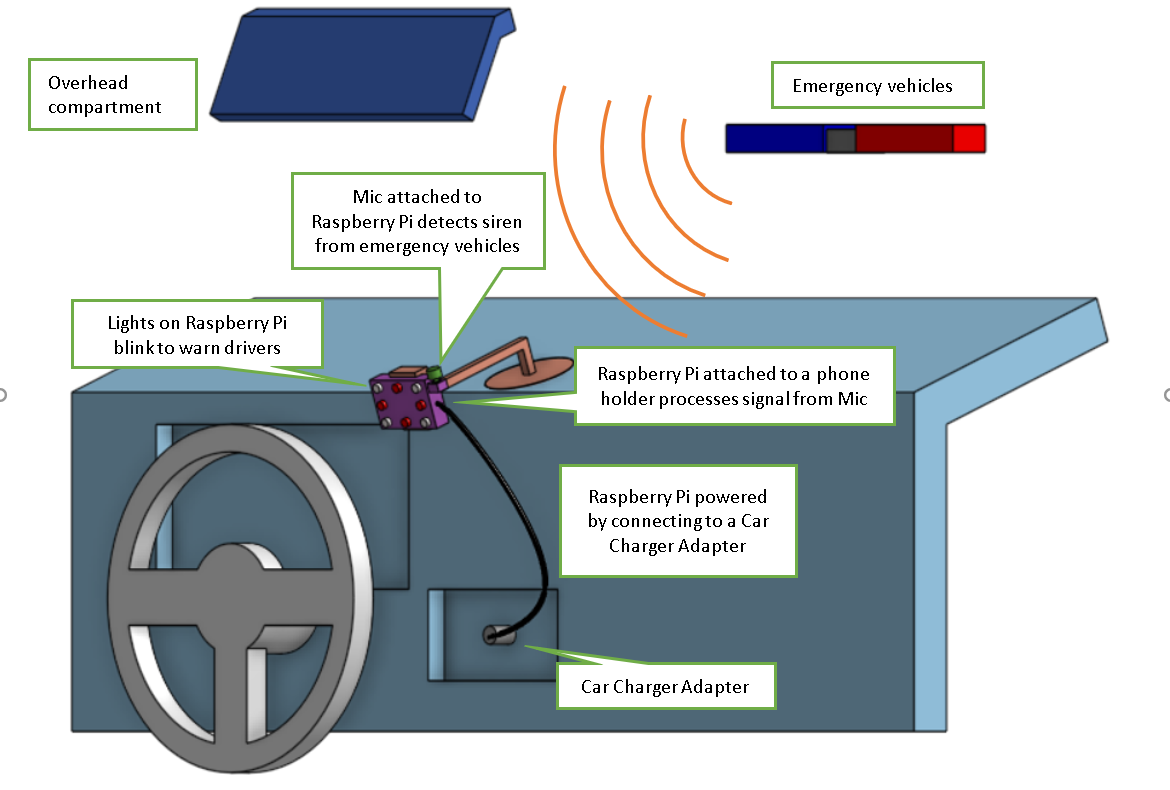
Emergency Vehicle Alert (E.V.A.)
There is a need to ensure that drivers are alerted of approaching emergency vehicles so that they can remove themselves from the path of the emergency vehicle. It is especially a challenge for deaf, hard of hearing, and distracted drivers to identify emergency signals, which puts them at an increased risk for collision. In this project, we developed a device for use in the car that detects emergency vehicles and notifies the driver of their presence. We used a trained convolutional neural network to detect sirens in noisy environments. On our validation set, we achieved a 95% detection accuracy with a 50% criterion. A demonstration of our real-time detector and design schematic are shown below.
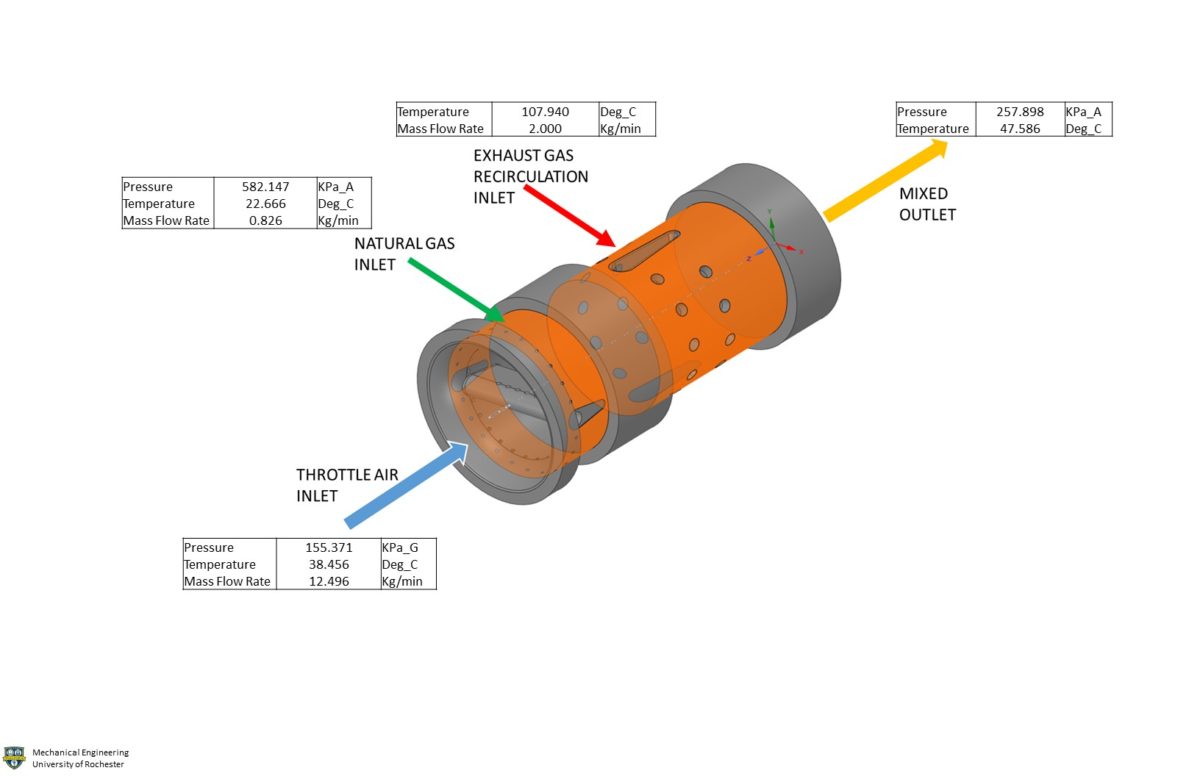
Natural Gas Mixer Redesign
A renewed focus on environmental concerns means that fuel efficiency and emissions of engines are of significant importance. A current design for a mixing nozzle exists, but the fuel residence could be higher and the pressure drop could be lower. A longer fuel residence time ensures smooth distribution of fuel and a more efficient burn. A lower pressure drop means that less energy is lost by the motion of the fluid through the mixer.
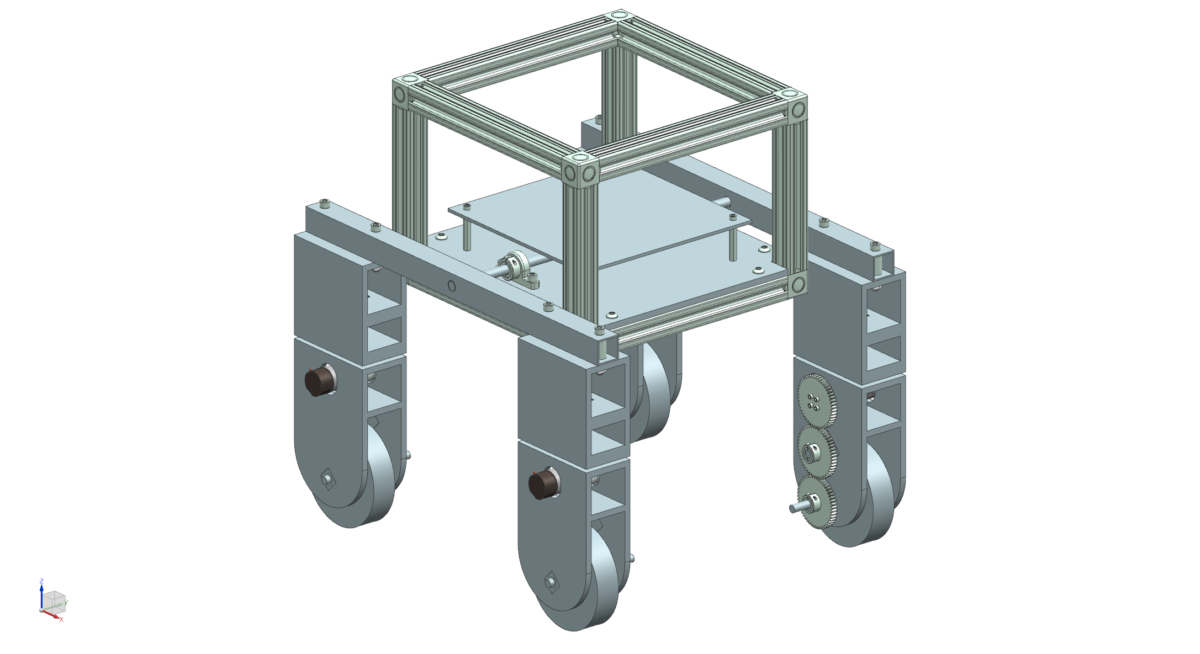
Robotic Steering
The project aims to design a steering system for robots used in various ECE courses. The robotic system has issues with lifetime, maneuverability, and mobility. The new model was designed with an aim to direct most of the off-axis load into the chassis while still maintaining the capability of the DC motor driving the wheel. These improvements helped in significantly increasing the lifetime of the motors. Additionally, the ability to steer each wheel independently increased the mobility of the robot.
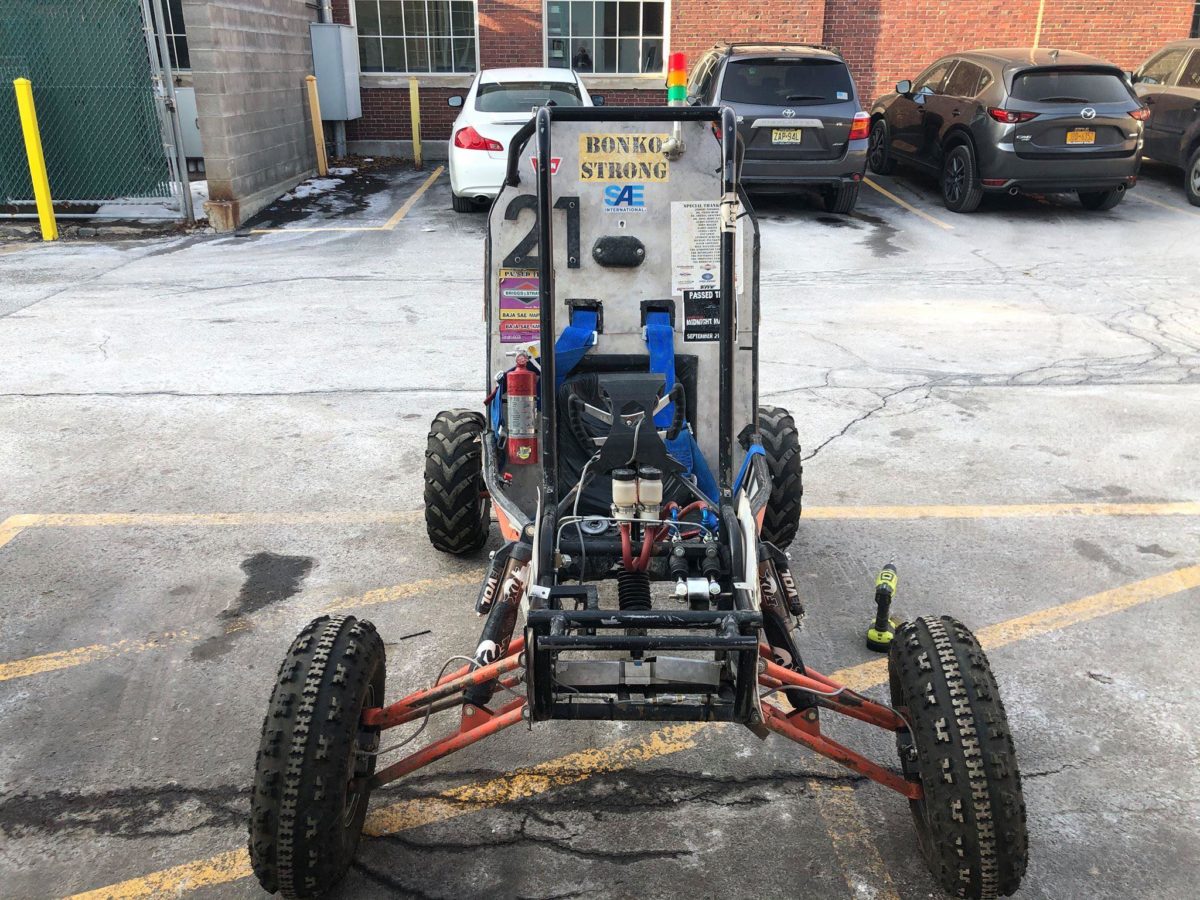
Drive By Wire
The project goal was to create methods to control the brakes, steering angle, and accelerator position of a Baja SAE off-road vehicle in a manner that allows the remote driving of the car. The team has created detailed models, simulations, and system documentation to ensure a strong foundation for the continuation of the project in the coming year. This project hopes to create new opportunities for future undergraduates to work on problems related to autonomous vehicles.
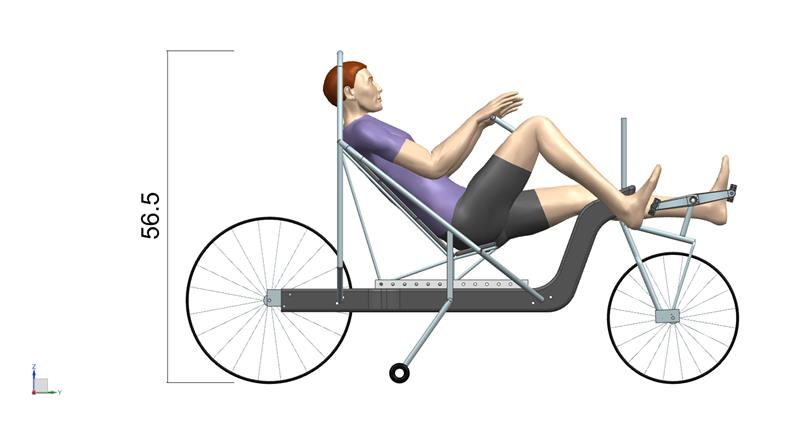
The Human Powered Vehicle Challenge
The Human Powered Vehicle Challenge (HPVC) is a competition that is part of the annual American Society of Mechanical Engineer’s (ASME) E-fest. This competition requires that teams from various universities design a vehicle for safe, reliable, and efficient human powered transportation. The teams come together and race their vehicles in an endurance race and a drag race, as well as present their design to the HPVC judges.
